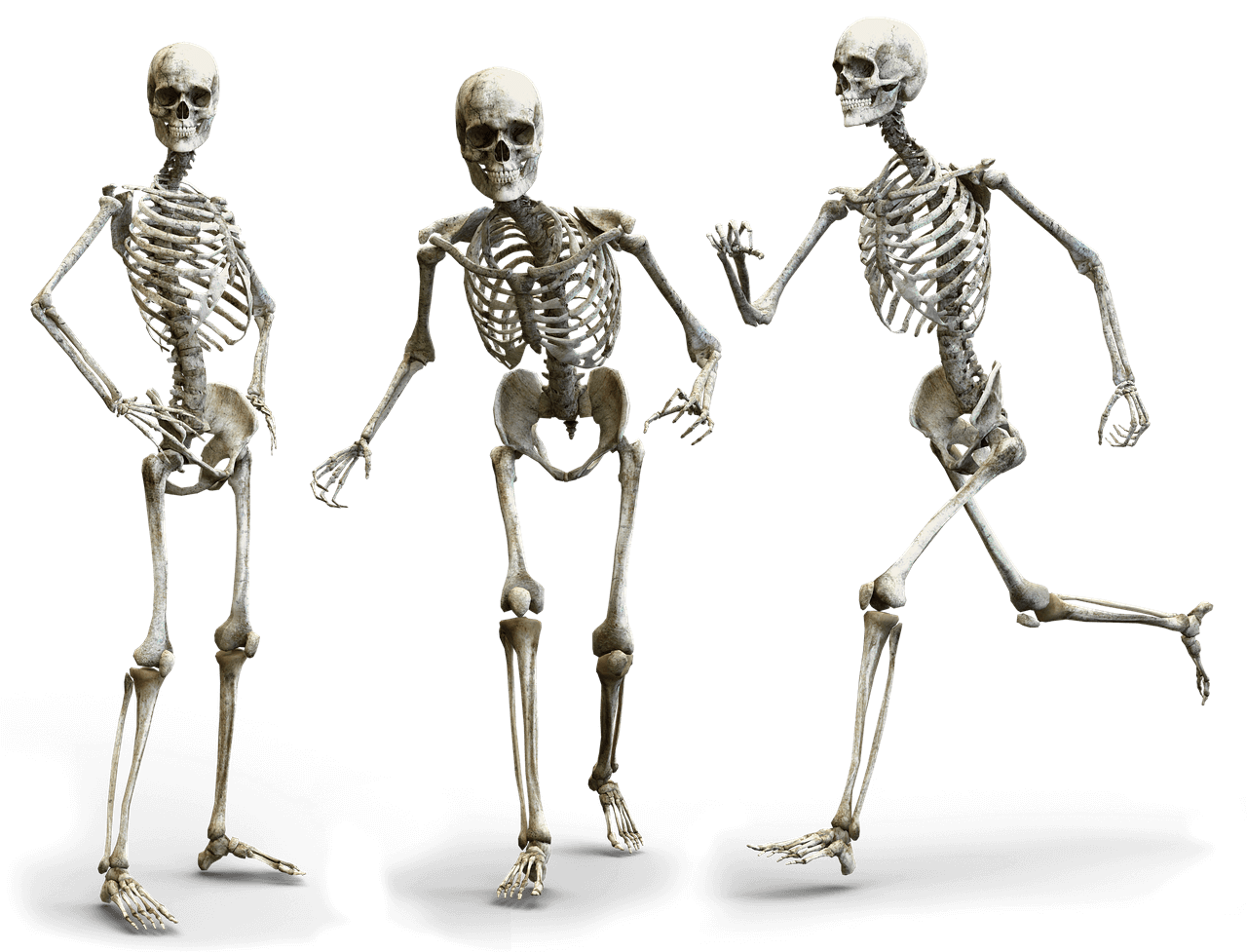Explore the essential components of your body’s framework, including bones, joints, and muscles. Discover how they work together to allow movement and support, and how they can be affected by injuries and strains. Gain a deeper understanding of your body’s intricate design and how it functions in everyday life.

Source : pixabay.com
The bones of your skeleton provide the framework for your body. But you know that your body does not stay in the same position all the time. You can bend your body at the neck and the waist and also bend your arms and legs. You can do this because there are joints between the bones in these parts of your body. Some bones, such as those in the skull and the pelvis, are joined together so that they cannot move. But in most other parts of the body, the bones can move on each other at the joints. A joint must be easy to move but not too loose. It must also be strong and wear a long time.
The joints at your knees and in your fingers and toes are hinge joints. That is, they can only move back and forth like a hinge. But ball-and-socket joints in your shoulders and hips can move and turn in all directions. In a joint, the ends of the bones that rub together are enlarged and covered with a layer of very smooth cartilage. Each joint is lubricated by an oily liquid. All around the joint is a kind of sac that keeps the oily liquid in and other materials out.
The bones are tied together at the joints by ligaments. These are bands and sheets of some of the toughest material in the body. When you think how hard the joints are used, you can understand why the ligaments must be very strong to keep the bones from being pulled apart or moved in the wrong direction. Sometimes an unusual twist or pull stretches the ligaments and makes a joint stiff and sore. When this happens, we say that the joint is sprained, The soreness warns us not to use the joint freely until the cells have repaired the damage. The bones in a joint may even be twisted or pulled apart until they slip out of their proper places. Then the bones are said to be out of joint, or dislocated.
Your skeleton has more than 150 lubricated joints held together by tough ligaments. But without muscles to help support this framework, your body would collapse. And, of course, you could not make any of your bones move at the joints. In your body, there are three kinds of muscle tissue. Each kind is made of a different kind of muscle cell. One kind of muscle is found only in the heart. Another kind is found in the walls of the food tube and in certain other parts of the body. The third kind is attached to the bones. Because the muscles made of this kind of tissue support and move the skeleton, they are called skeletal muscles. The skeletal muscles are the only ones that you can move when you want them to move.
Skeletal muscles have a reddish color. They are made up of tiny fibers held together by very fine threads called connective tissue. The lean meat of all common animals is made of muscles. So you can learn more about muscles by looking carefully at the meat in butcher shops and the meat that you eat. By feeling the large biceps muscle in your upper arm or the calf muscle in your lower leg, you can find out how most skeletal muscles are shaped. They have a thick central part that becomes smaller toward either end. At each end, the connective tissue extends out to form a strong white cord, or tendon, that is attached to a bone.
Tendons may be very short, or they may be quite long. The largest tendon in the body is the tendon of Achilles, which goes from the calf of the leg to the heel. Some long tendons connect the fingers with the muscles in the forearm. If you take hold of your hand or wrist while you work your fingers, you can feel the tendons moving. With the muscles and the tendons arranged in this way, your hands are more slender and useful than if the muscles were in your fingers. The muscles are also kept warmer and better supplied with blood.
Muscle cells are made in such a way that they become shorter when they get the proper kind of message from nerves. As a muscle contracts, it pulls on its tendons and on the bones to which the tendons are attached. But the muscle cannot push a bone back again. To pull it back, there must be another muscle or set of muscles attached by tendons to the opposite side of the bone. For this reason, most skeletal muscles work in pairs.